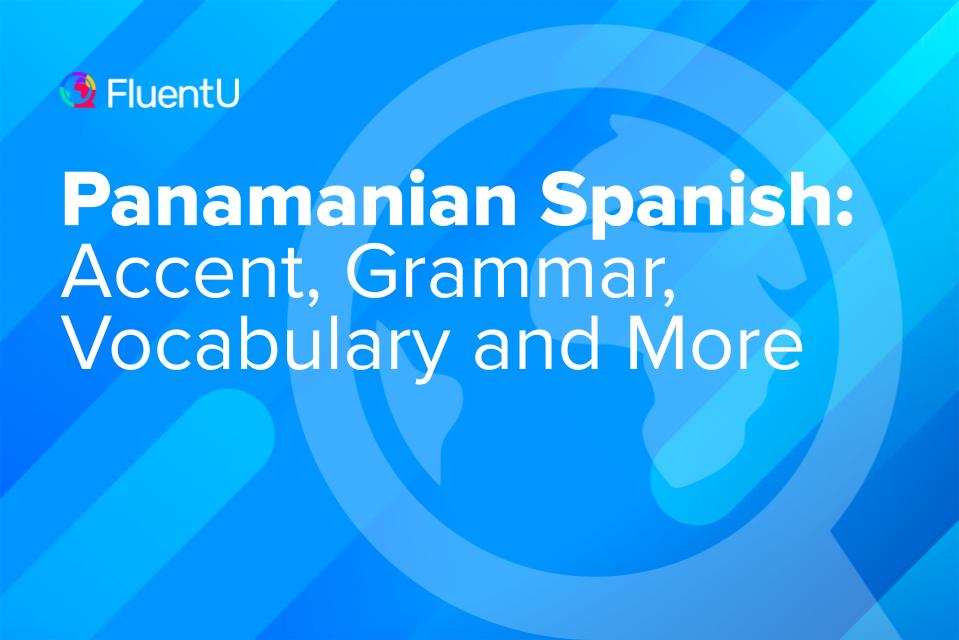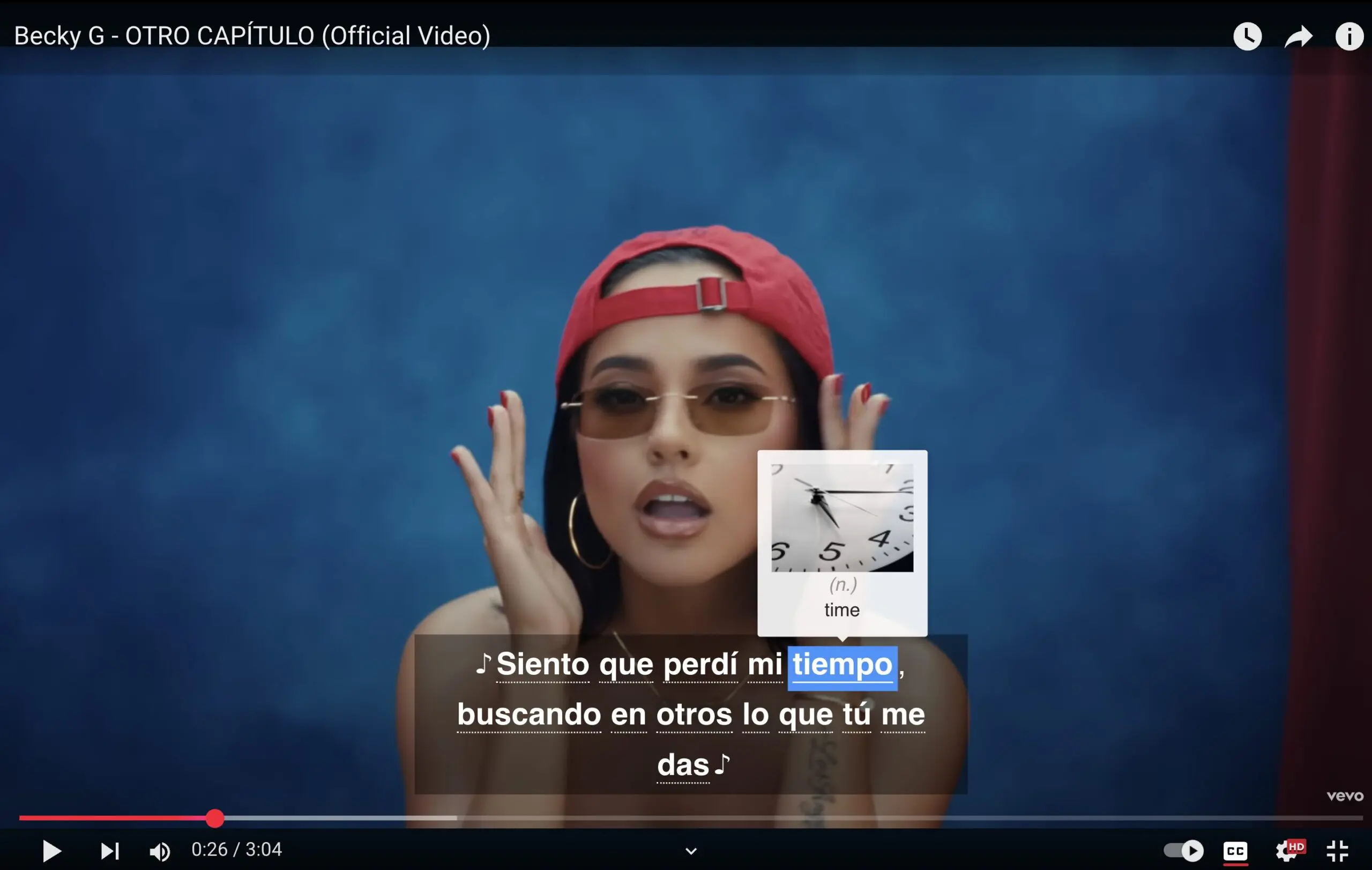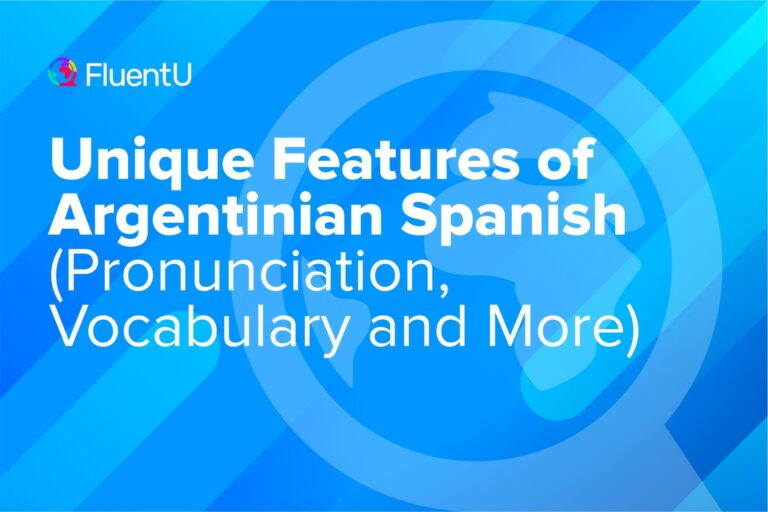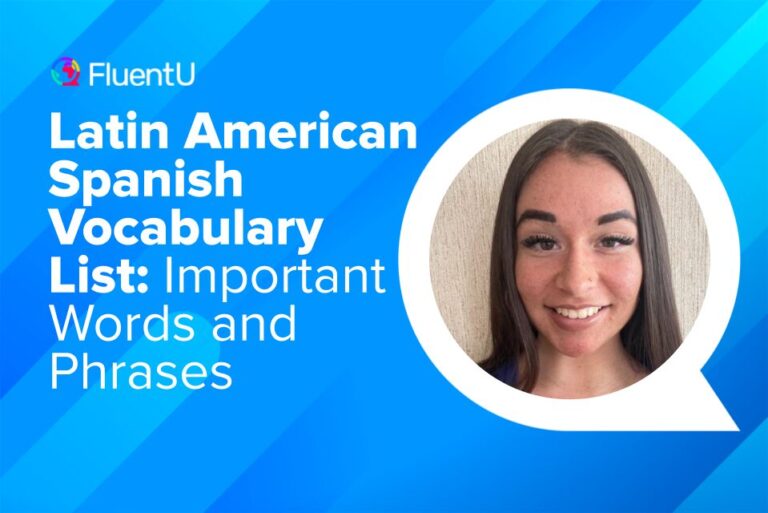Panamanian Spanish: Accent, Grammar, Vocabulary and More

If you ever visit Panama, you might be seriously tempted to stay there forever. But before you rush over to Panama, there’s one thing you need first: some Spanish skills. More specifically, you’ll need to pick up Panamanian Spanish—which has some unusual quirks that set it apart from Castilian Spanish (the language spoken in Spain).
In this post, you’ll see what makes Panamanian Spanish so special and learn 25 terms to get started with this unique variety of Spanish.
Download: This blog post is available as a convenient and portable PDF that you can take anywhere. Click here to get a copy. (Download)
An Introduction to Panamanian Spanish
Panamanian Spanish is, obviously, the Spanish spoken in Panama. It’s been shaped by the country’s indigenous native languages, particularly the Panamanian Ngäbere and Kuna languages.
Panamanian Spanish is often categorized as a form of Caribbean Spanish, sitting at the crossroads between Central American and Caribbean dialects.
It’s also been heavily influenced by English. Some even refer to Panamanian Spanish as “Spanglish.” Beyond that, the language has bits and pieces of many other cultures, as well.
Panama City is a port city near the canal. Historically—and currently—it welcomes lots of foreign traffic. It’s just a logical effect that global citizens passing through Panama leave a linguistic and cultural footprint.
Characteristics of the Panamanian Spanish Accent
There are a few particulars to remember about Panamanian Spanish:
- The c and z sounds are pronounced as an s sound.
- Many words are shortened by omitting the last syllable or consonant.
- It’s common to drop the s at the end of a word. For example, vamos (we go) becomes vamo.
- Sometimes locals soften the ch in a word to sh—think mucho (much) spoken as /mu-sho/ rather than /mu-cho/.
- In certain parts of the country, the voseo verb form is used instead of the tú form.
In Panama, you’ll also hear lots of slang. It’s colorful and expressive, so if you pick up a few slang words and phrases, you’ll fit right in with the locals!
Basic Panamanian Spanish Words and Phrases
Many everyday expressions and slang words used in Panamanian Spanish don’t have easily explained origins. They’re not all totally unique to Panama, but they’re good to know if you’re going to visit the country.
Here are some common examples:
| Spanish | English | Explanation | Example |
|---|---|---|---|
| ¿Qué xopá? | What's up? | This casual greeting is pronounced like (and sometimes spelled as) ¿Qué sopá which is a mixup of ¿Qué pasó (What happened?) | ¿Qué xopá mi fren? (What’s up my friend?) |
| un chambón/una chambóna | a person who's bad at doing something | This word is used to refer to someone who lacks skills in a certain activity, like sports or dancing. | Perdieron porque su portero es un chambón. (They lost because their goalie is terrible.) |
| estar limpio/estar limpia | to be broke | While limpio/a actually means clean, this slang phrase is used to say you have no money. | No puedo ir al concierto, estoy limpio. (I can't go to the concert, I'm broke.) |
| offi | ok/yes/understood | While this word is short for "official," it's actually used to express agreement or understanding. | La clase empieza a las 9:00. (The class starts at 9:00.) Offi. (Ok.) |
| estar tirao | to be tired | This is how Panamanians pronounce tirado, which literally means "thrown" or "thrown away." | No salgo hoy, estoy tirao. (I'm not going out tonight, I'm really tired.) |
| chantin | home, house | This is a popular slang term to refer to your home, similar to the English slang word "crib." | Voy a mi chantin. Nos vemos mañana. (I'm going home. See you tomorrow.) |
| Cuéntame la cocoa | Tell me the gossip | This is a fun way to get your friend to give you all the juicy gossip, by literally saying "Tell me the cacao." | ¿Qué pasó en la fiesta? Cuéntame la cocoa. (What happened at the party? Tell me the gossip.) |
| buco | a lot | This word is derived from the French word beaucoup (a lot)—and it means the same in Panamanian Spanish. | ¿Cuánto te gusta el helado? (How much do you like ice cream?) Buco. (A lot.) |
| burundanga | snack/sweets/junk food | This is a fun word to say and is often requested by kids in Panama. | Ella come mucha burundanga. (She eats a lot of sweet.) |
| plena | a style of reggaeton music | This is a type of upbeat music that’s popular in Panama. It has rhythms of reggae, dancehall and other styles of Afro-Carribean music. | ¿Te gusta plena? (Do you like reggaeton music?) |
| cocobolo | bald-headed person | This one condenses the concept of a bald-headed person into one word that's pretty fun to say. | Ella es la que está al lado del cocobolo. (She's the one next to the bald-headed guy.) |
| estar bien tallao | to look good/handsome/pretty | Talloa is the casual pronunciation of tallado, which means carved or sculpted. | ¡Vaya, estás bien tallao! (Wow, you look really handsome!) |
| parquear | to hang out with friends | This "Spanglish" word usually means "to park," but in Panama, it's also a slang way to say "hang out." | Vamos a parquear en la casa de Miguel. (We're going to hang out at Miguel's house.) |
| diablo rojo | public bus | These secondhand buses painted with vibrant designs and have become a part of Panamanian culture. | Me voy en un diablo rojo. (I'm going on the bus.) |
To learn some more slang words and phrases used in Panama, check out this video with Sech, a popular Panamanian singer:
Panamanian “Spanglish” Words
Many Panamanian Spanish words are very obviously influenced by the English language. Since the United States controlled the Panama Canal until 1999, that’s not a surprising fact.
Consider these words, which were “borrowed” from English and transformed into English-Spanish hybrids:
| Spanish | English | Example |
|---|---|---|
| chopear | to shop | Quiero chopear. (I want to go shopping.) |
| el guy | the man | El guy tiene una barba negra. (The man has a black beard.) |
| chingongo | chewing gum | ¿Tienes chingongo? (Do you have any chewing gum?) |
| frén | friend | Ella es mi nueva frén. (She's my new friend.) |
| priti | pretty | ¡Te ves super priti hoy!. (You look super pretty today!) |
| cuara | quarter | ¿Me prestas un cuara? (Will you lend me a quarter?) |
| charcot | shortcut | Tomemos el charcot a casa. (Let's take the shortcut home.) |
| tof | tough | El triatlón estuvo bien tof. (The triathlon was super tough.) |
| badbuay | bad boy (from Jamaican English) | A María le gustan los badbuay's. (Maria likes bad boys.) |
| mol | mall | Vamos al mol a chopear. (Let's go to the mall to shop.) |
| guachiman | guard/watchman | Tienen cinco guachimanes vigilando la casa. (They have five guards guarding the house.) |
To learn more about how these words came to be used in Panama, check out this video (turn on subtitles and slow down the speed if you need to):
Panamanian Spanish Features
Pronouns
Another interesting characteristic of Panamanian Spanish that’s similar to English is the use of pronouns. Usually in Spanish, the subject pronoun is left out because the conjugation of the verb tells you who the speaker is talking about.
However, in Panama and other parts of Central America such as the Dominican Republic and Puerto Rico, people add the subject pronoun to some sentences and questions.
So, for example, instead of just asking “Qué haces?” (What are you doing?), a person from Panama might say “Qué tú haces?”
Voseo
Voseo is a linguistic phenomenon observed in various Spanish-speaking countries, where the pronoun vos is used instead of the more standard tú when addressing someone informally.
In certain parts of Panama, as in many other Central American countries, voseo is prevalent and deeply ingrained in everyday speech. It’s commonly used among peers, family members and close friends.
The verb conjugations for vos are distinct from both tú and usted. For example, instead of saying tú cantas (you sing), some Panamanians would say vos cantáis to a friend or family member. Tú eres (you are) becomes vos sois. These conjugations can differ from other regions where voseo is used.
Order of Syllables
One intriguing linguistic feature that sets the Spanish used in Panama apart from other Spanish dialects is called metathesis.
This phenomenon involves swapping the positions of syllables within certain words. For instance, primo (cousin) is sometimes said as mopri and no as on.
While not all Panamanians use metathesis, being aware of its existence can help you better understand and engage in conversations with native speakers in Panama.
How to Learn Panamanian Spanish
Want to learn more Panamanian Spanish words and phrases? Here are some ways to continue learning this dialect:
- Consider going to the source and learning Spanish in Panama. Casco Antiguo Spanish School is located right in the center of Panama City and is a great spot for learning Panamanian Spanish.
- If you’re unable to study in Panama, consider a Panamanian tutor from Habla Ya instead. Learning to speak Spanish via Skype with a certified Spanish teacher is the next best thing to actually heading to Panama.
- To watch more Panamanian Spanish in action, you can use an immersive language program like FluentU, which uses video clips from Spanish media paired with learning tools.
FluentU takes authentic videos—like music videos, movie trailers, news and inspiring talks—and turns them into personalized language learning lessons.
You can try FluentU for free for 2 weeks. Check out the website or download the iOS app or Android app.
P.S. Click here to take advantage of our current sale! (Expires at the end of this month.)

And you can also explore more videos on sites like YouTube, where Panamanians share about their language and culture. Here’s a good example:
Start practicing your Panamanian Spanish any chance you get.
Soon, you’ll be using these words and phrases with confidence and ease!
Download: This blog post is available as a convenient and portable PDF that you can take anywhere. Click here to get a copy. (Download)
And One More Thing…
If you want to learn Spanish with authentic materials but need a little extra support, then you need to know about FluentU.
FluentU lets you consume the same content as native Spanish speakers, but with tools to make it easier to pick up the language while you watch. You’ll learn Spanish as it’s actually spoken by real people, unlike programs that use scripted content.
You can bring our learning tools directly to YouTube or Netflix with the FluentU Chrome Extension, or check out our curated video library full of clips that cover a wide range of topics, as you can see here:
FluentU brings native videos within reach with interactive subtitles. You can tap on any word to instantly see its meaning, an image, and its audio pronunciation. Click on the word for additional examples and to add it to your flaschards.
To reinforce what you've learned, you'll complete engaging exercises and see more examples of the key words from the video. FluentU keeps track of the vocab you’re learning, and gives you extra practice with difficult words.
Start using the FluentU website on your computer or tablet or, better yet, download the FluentU app from the iTunes or Google Play store. Click here to take advantage of our current sale! (Expires at the end of this month.)












